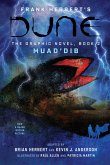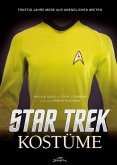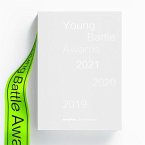Desert Battle Dress Uniform (abbreviated DBDU, often called Chocolate-Chip Camouflage, Cookie Dough Camouflage, or the Six-Color Desert Pattern) was the camouflage used by the United States Military during the Gulf War and in the early 1990s. The camouflage received its nickname because it resembles chocolate-chip cookie dough. It is made up of a base pattern of light tan overlaid with broad swathes of pale olive green and wide two-tone bands of brown. Clusters of black-on-white spots are scattered over it. Although the chocolate-chip camouflage became well-known during the Gulf War, it was originally designed in 1962. The Army, believing that it might become necessary to intervene in the Arab-Israeli conflicts, developed a test pattern using the deserts of southwestern United States as a model. When the hostilities in the Middle East wound down, the test pattern was mothballed. The formation of the Rapid Deployment Force (RDF) in 1979, with its remit to operate in the Middle East, and protect U.S. interests in the Persian Gulf region, saw the need for desert camouflage clothing to emerge again.
Bitte wählen Sie Ihr Anliegen aus.
Rechnungen
Retourenschein anfordern
Bestellstatus
Storno








